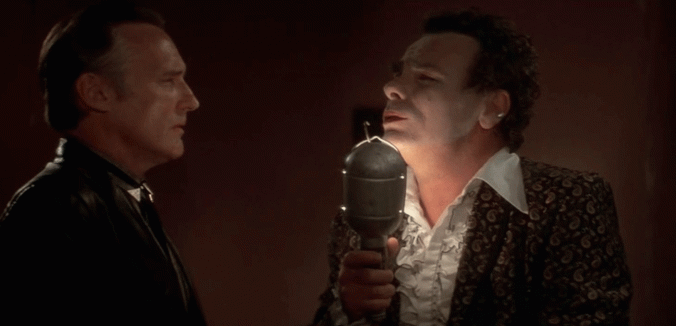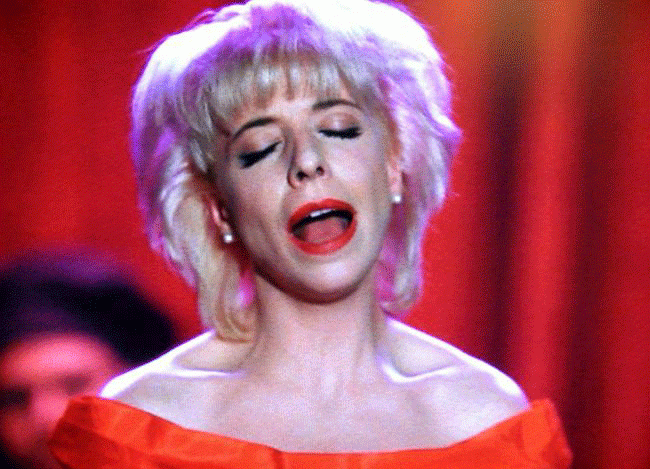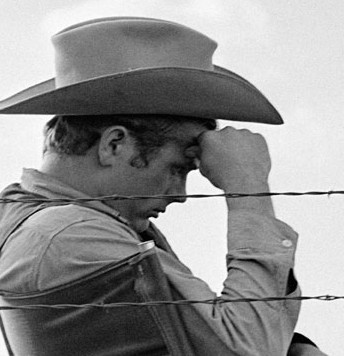Film director, former art student, eagle scout and transcendental meditation advocate David Lynch is best known for his distinctive breed of American surrealist moviemaking. When a work of art is described as “Lynchian” it is likely nightmarish, melodramatic, dreamy and disturbing. Among his recurring characteristic tropes (red curtains, factories, multi-character female roles) is the use of the chanteuse. Music and sound design, whether a 1950s-style pop tune or a distorted wave of harsh noise, are critical to his work, but there’s always special attention given to the singer on the stage.
“In Heaven” — Lady in the Radiator, Eraserhead (1977)

Lynch’s 1977 debut is an experimental body horror film set in a nightmare dystopia. Jack Nance plays Henry Spencer, a father-to-be whose child turns out to be a wailing reptilian atrocity that drives its mother to insanity, leaving Henry alone with the offspring. Henry experiences visions of a character credited as the “Lady in the Radiator” alone on a stage stomping on spermatozoid creatures that resemble his child, and later singing “In Heaven.” The song, set to spooky, distant carnival organ, is a musical break from the omnipresent dark ambient noise of the film.
“In Dreams” — Ben, Blue Velvet (1986)
In Blue Velvet, Jeffrey Beaumont (played by Kyle MacLachlan), is a well-meaning college student who returns to the town of Lumberton to help his family after his father suffers a stroke in the film’s opening sequence. While at home, Beaumont gets involved in a criminal investigation that leads to a dark and unseen world of drugs, sadomasochism, kidnapping and murder. At the heart of all the evil is Dennis Hopper as the unpredictable and ultra-violent Frank Booth. Booth and his motley crew bring Jeffrey to local weirdo Ben’s house where Ben (Dean Stockwell) sings Roy Orbison’s classic “In Dreams” to the roomful of spellbound psychopaths.
“Blue Velvet / Blue Star” — Dorothy Vallens, Blue Velvet (1986)
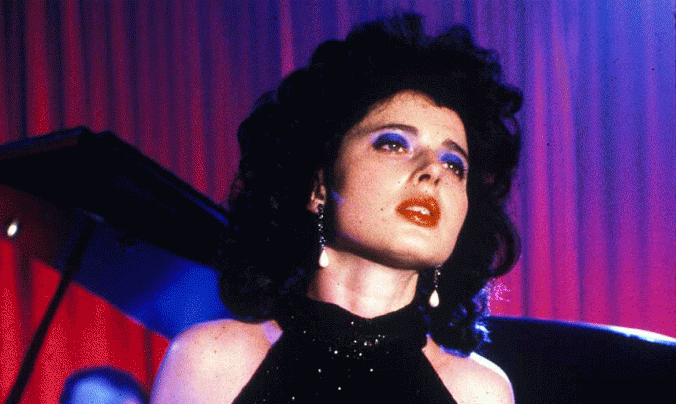
In Blue Velvet the object of Frank Booth’s deviant, fetishized sexual desire and also Jeffrey Beaumont’s confused adoration is Dorothy Vallens, played by Isabella Rosselini. Vallens performs as the Blue Lady at a nightclub in Lumberton where she sings “Blue Velvet,” and “Blue Star.” The pianist in her backing band is Angelo Badalamenti, Rosselini’s singing coach and a musical collaborator of Lynch’s in his first project with the director.
“Falling” — Julee Cruise, Twin Peaks (1990)
In the mid-to-late 1980s dream pop reached its pinnacle, a now oft replicated era of detached musical sleepiness, indecipherable cooing and guitars layered into cumulus clouds. Lynch didn’t miss the opportunity to include the style in his cult-television series “Twin Peaks.” (In a similar show of musical awareness Lynch cast Marilyn Manson and used music by Smashing Pumpkins in “Lost Highway” (1997). “Twin Peaks” features recurring musical motifs by composer Angelo Badalamenti, predominantly “Love Theme for Twin Peaks,” an instrumental version of “Falling.” Cruise appears in “Twin Peaks” as the singer for the house band at the show’s biker bar, the Roadhouse.
“Llorando” — Rebekah Del Rio, Mulholland Drive (2001)
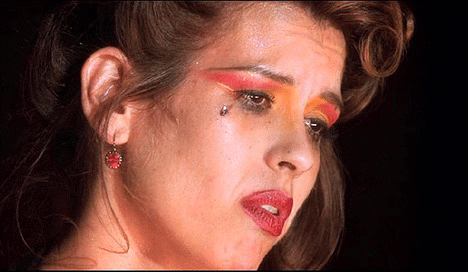
Rebekah Del Rio’s Spanish version of Roy Orbison’s “Crying” is a stunning performance which brings the song to a sparse place more tragic than Orbison’s original. Lynch met Del Rio and was so moved by a secret recording he had taken of her performance of “Crying” that he wrote a part into Mulholland Drive for her. Del Rio’s powerful reverb-laden a cappella is bookended by moments of the director’s trademark strangeness within the psychological thriller. Del Rio, who sat beside Lynch at the premiere admitted, “I was so intrigued and frankly quite confused for even I, who was in the film, wasn’t exactly sure what the story was about.”




